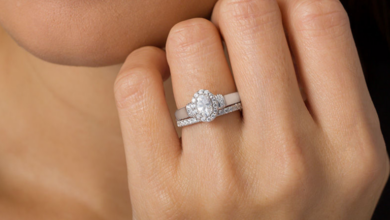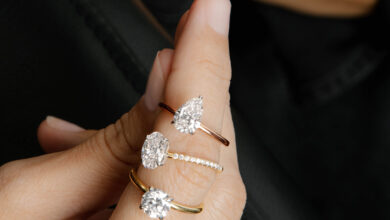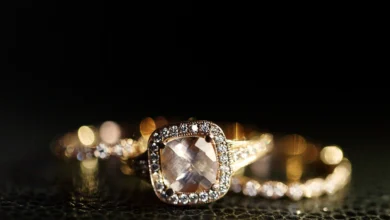Why Are Young People Falling in Love with Lab-Grown Diamonds?
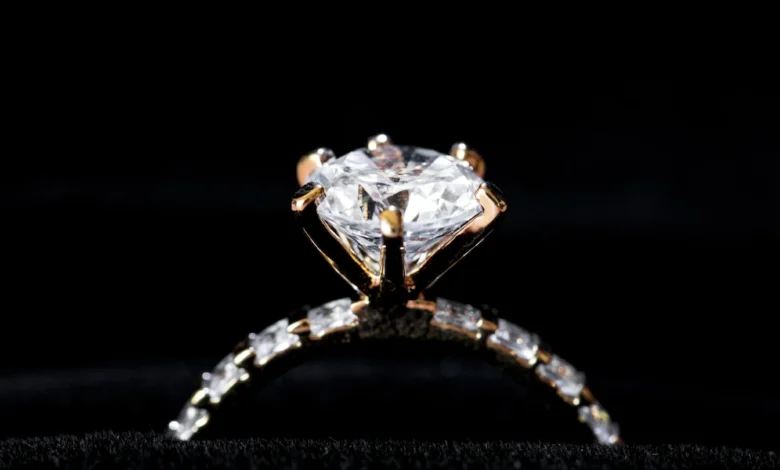
Lab-grown diamonds have had a fair share of myths associated with them, which have held buyers back from investing in them with confidence. However, diamond aficionados and jewels have consistently debunked these myths over the years, resulting in an increase in demand for these lab-created precious stones.
While one of the differences between natural and lab-grown gems is their origin, there are plenty of other differences that actually make jewelry made out of lab-grown diamonds a preferred choice these days. To know what these are, how they’re made, and the reasons why people absolutely love these lab-grown gems, read more about them in the upcoming segments.
What is a Lab-Grown Diamond and How is it Made?
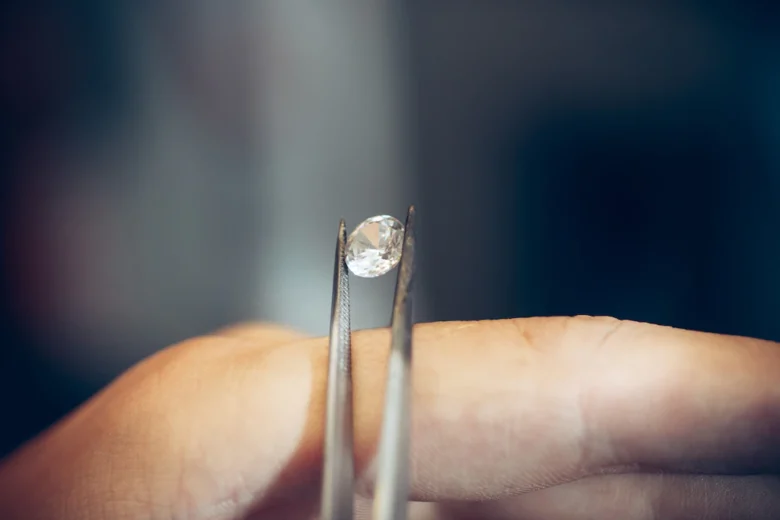
Lab-grown diamonds, as the name suggests, are made in laboratories by exposing carbon to optimal pressure and temperature. The two primary procedures used to create precious stones in laboratories are high pressure-high temperature using carbon seeds and Chemical Vapor Deposition (CVD).
They are created in a closely monitored environment, which means they have minimal imperfections in color and clarity compared to those found on most natural jewels. Both these processes cause the crystallization of carbon into a pure carbon diamond.
Despite being created in a controlled environment in laboratories, lab-grown diamonds also undergo the same process of grading and certification as natural gemstones. They are rated based on the 4 Cs (color, clarity, carat, cut), which are the special features of a diamond that decide its worth.
6 Reasons Why Millennials Love Lab-Created Diamonds
The fact that the same grading system used for natural gems is applicable to lab-grown diamonds proves they’re the same, with the only exception being their origin. With that said, here are some reasons why millennials are falling in love with these precious baubles.
1. Eco-Friendly
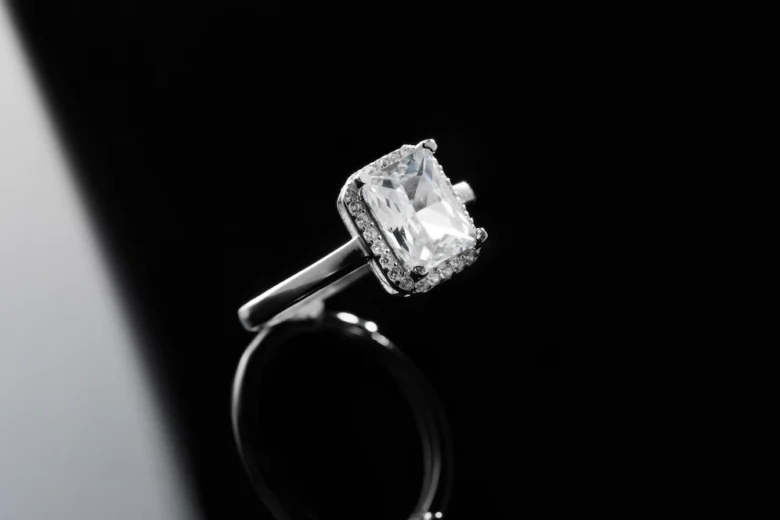
Mined jewels have a unique charm to them for being created by natural forces. However, the process of extracting gems by digging deep into the Earth causes ecological disturbances on a massive scale. It takes explosives and heavy machinery to get to the layer of earth replete with diamonds. This results in water contamination, disturbance of habitats, mineral wastes, the release of harmful gases, and carbon emissions while also rendering the land unusable.
While mined gemstones produce an estimated 125 pounds of carbon per carat, it only takes about 6 pounds of carbon per carat to create a diamond in a lab. Further, lab-created diamonds don’t cause sulfur oxide emissions.
With increasing awareness about the environmental repercussions that mining gemstones have, people are moving towards the eco-friendly alternative— lab-grown diamonds.
2. Ethically Sourced
Mined jewels have earned themselves the nickname “blood diamonds” for a good reason. Several unfair practices run in the diamond mining industry that has come to light in the past few decades.
To begin with, the diamond mining process involves extensive labor work, and there are plenty of health risks associated with mining gemstones, such as being exposed to harmful gases and chemicals. This puts the workers at risk for lung diseases, accidents and injuries, hearing loss, and even cancer.
Since mining for jewels is a labor-intensive process, the mining industry exploits the poor, adopts child labor practices, and there are several other human rights violations instances. Mining also causes mass-scale displacement of people living close to mining regions while destroying the biodiversity in and around the area.
Creating gems in laboratories causes no injuries and does not involve unfair practices, which makes them an ethical choice.
3. As Unique as Mined Diamonds
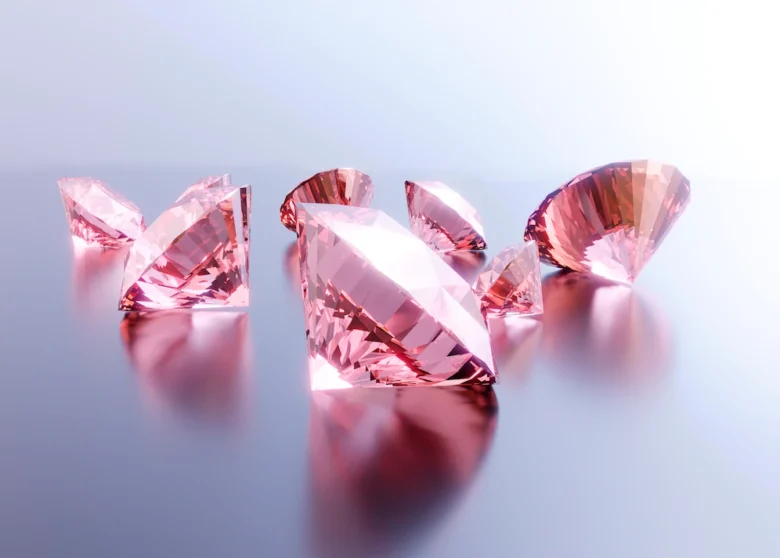
One of the most popular myths compelling people to buy natural gemstones rather than lab-grown ones is that they are unique for having undergone natural processes to be formed. However, the process involved in making lab-grown diamonds exposes carbon to the same conditions by mimicking natural forces in a laboratory.
This essentially means lab-grown diamonds are just as unique in their characteristics as naturally formed gems.
They possess a unique color, have inclusions, and this contributes to their unique personality. A buyer assesses a lab-grown gem based on the same parameters that he would for a mined diamond. That’s another reason why lab-created diamonds are just as unique as their traditionally mined counterparts.
4. Affordable
While lab-grown diamonds are a luxury, they’re far more affordable when compared to mined gemstones. You can save almost 40-60% of your hard-earned money when you opt for lab-created gemstones! This can be attributed to the costs involved in the whole mining process and the availability of only limited mining areas.
However, you can manufacture countless gems in a laboratory to meet the demand. In fact, they were 20% less expensive than mined jewels in their early years, and their prices have been dropping over the years as the process and technology for creating diamonds have evolved.
5. Unique and Stylish

If you’re all about gigantic solitaires adorning your finger, lab-grown diamonds can never disappoint. In fact, if anything, they’re a better choice. Lab-grown gemstones are getting bigger and better by the day.
You can find big and small gemstones in every shape and color that trend when you hunt for that perfect lab-grown diamond that matches your preferences. They’re also a go-to option for people who like custom-made engagement rings and jewelry. While it might take some time (definitely not millions of years) to have a custom-made piece of jewelry, you can get as creative and expect a super unique engagement ring, studs, or pendant when you choose to work with lab-grown gems.
6. An Investment
While it might seem contradictory to say that lab-grown diamonds are an incredible investment when they’re significantly less expensive than natural jewels, their resale value compared to what you invest still makes them both a wallet-friendly and a wise option.
It is also important to assert that natural diamonds, just like lab-grown diamonds and other commodities, lose their value over time and get you less than what you pay for. Therefore, they’re easy to compare to lab-grown gemstones in terms of how you view them as an investment.
Is a Lab-Grown Diamond Worth it?
Lab-grown diamonds are no longer called fake or synthetic stones. They’re identical to precious stones in composition and have their own unique characteristics. Moreover, they also come with a certificate that lists their grading based on the 4Cs when you buy them from a trusted supplier.
Given how natural diamonds land on top of your finger or your ears with their baggage of environmental and ethical conflicts and controversies (and at a higher price), lab-grown diamonds are a better financial and ethical decision.
You can also choose from an array of designs, colors, shapes, and sizes, and they retain their own unique traits when you compare one diamond to another. However, no matter what kind of diamond you plan to buy, it all comes down to the seller or jeweler you choose. Therefore, do your research, look for well-recognized certification, pay attention to the 4Cs of your lab-grown diamonds, and you can never go wrong with your purchase.
